Well, it didn't end up working out afterall to get the unit I thought I was getting, but after a bunch of delays with that and then it falling through, I caved and bought one from Amazon.
It is actually a model I had somehow overlooked before and is both a bit more powerful and a smidge wider than the one I was planning to get. It did cost more, but not as much more as I was thinking a unit like this would.
Today ended up being my first time using it and so I am here to report back with some of my findings so far...
First off, due mostly to the time of year, a lot of the weeds have wilted back from their fullest height and bushyness, but some areas are still fairly intense with overgrowth.
The first place I tried it out on was an overgrown area between a couple of sidewalks in our front yard.
BEFORE:
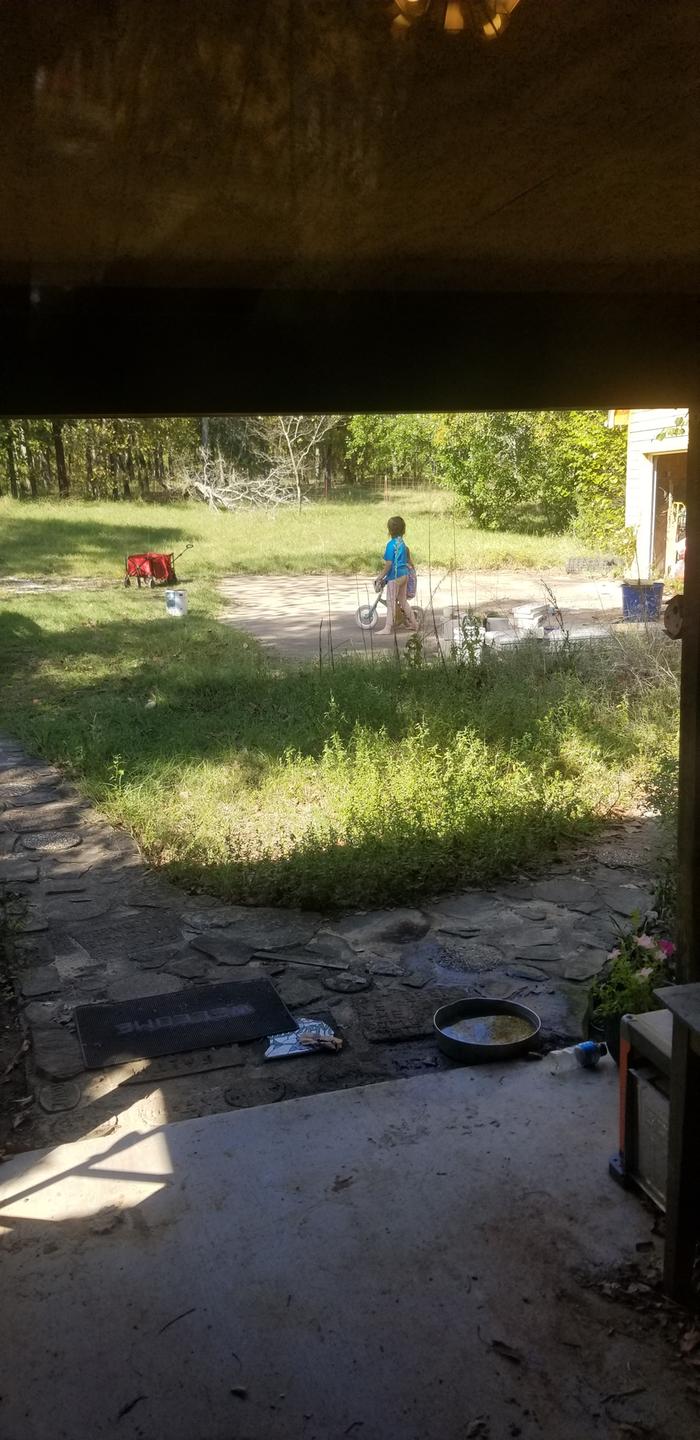
AFTER:
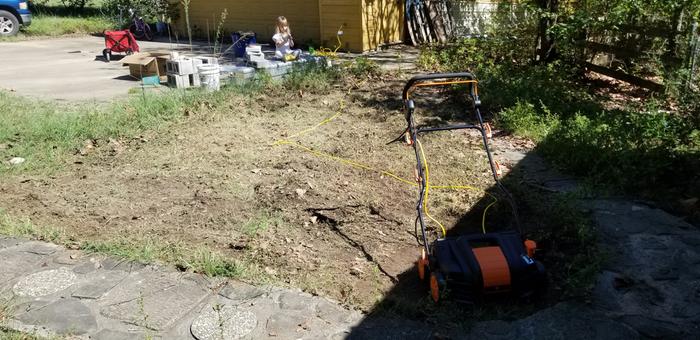
Now, most people using a dethatcher or scarifier would be horrified if this was the end result, but we are pretty pleased with it.
I think it would probably dig a bit deeper into the soil if our ground was even remotely level, but even as it is all of the existing plant growth is getting destroyed and most of the roots near the surface are being ripped clean out.
After lunch, I decided to try the most troublesome spot in the backyard. Before the weeds there started falling over, some of them were 7 feet tall. Most of the area in there had plants 5-6 feet tall and then 3-4 foot tall ones cramming in any gaps they could find.
They seem to be wilting some over the past few weeks. We also rescued a stray recently who seems to love hiding in the overgrowth and he knocked a bunch of stuff down. And I had pulled one of those roller things that connects to a lawn mower through by hand just to see what it would do. That is all before this before picture.
BEFORE:
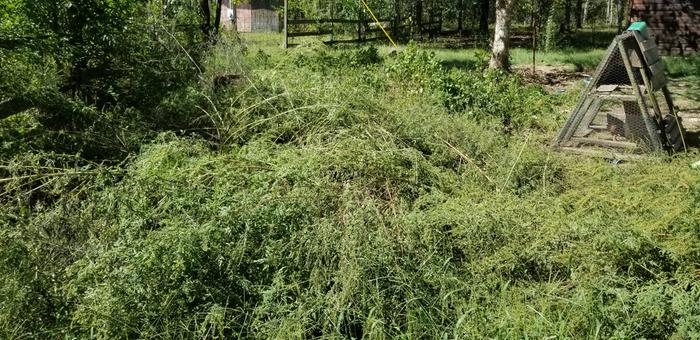
AFTER:
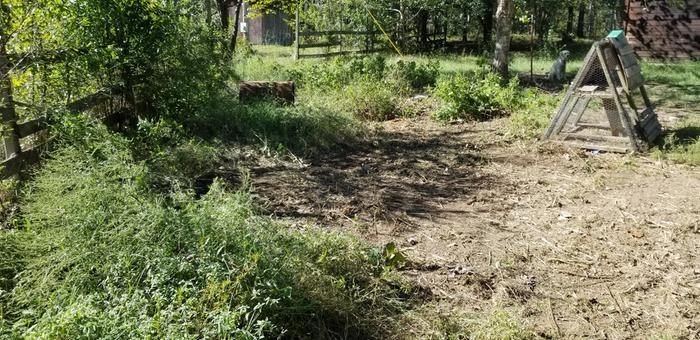
Still some work to do in this area, but I made a ton of progress, got rid of the majority of the most problematic weeds, and the difference when viewed in person is hard to measure.
Again, not the results most people want for their lawn, but I'm now a lot more confident that if I spread seeds on this soil I'll be able to get something to germinate!
However, I do need to mention that I did have some issues with it getting bound up:
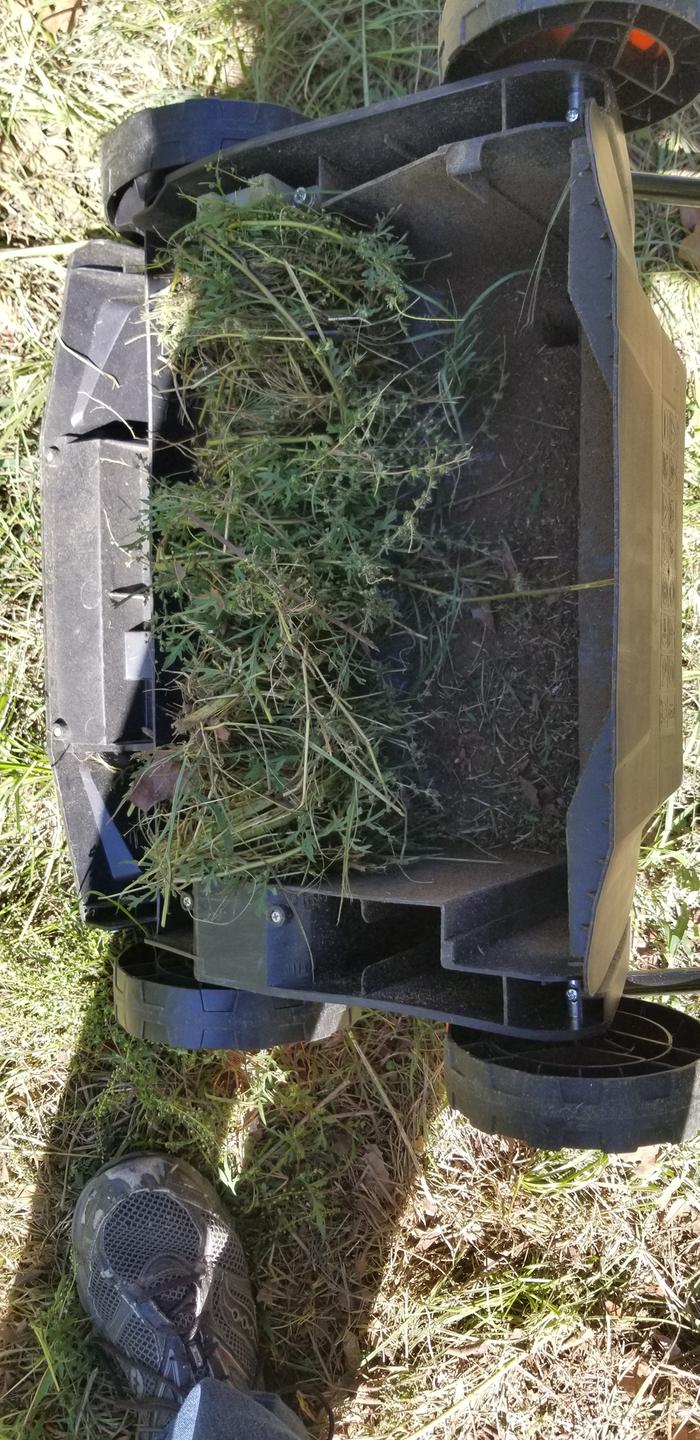
Aside from the time it sucked in a chunk of a 2x6 and got that lodged in there, which I probably shouldn't fault the machine for, it seems to mostly happen when I am working on an area with long string grass or plants with long and strong fibers.
The 6 foot tall weeds I was cutting through a forest of are fairly woody and fibrous, so they did have this effect if I let an entire plant get sucked up at once. But I figured out that I could run the machine over the base of the plant cutting it off from the roots. Then after I had done a small patch of them like that, I turned off the machine and moved the tiny trees over into a pile that was out of the way and proceeded to repeat the process.
Once these plants dry out, they become brittle, so I'm thinking if I want to, then in a few days I should be able to chop them up with the scarifier and turn them into mulch. Or I could compost them, I guess.
In the meantime, the dog I mentioned who likes to hide in the overgrowth had a fun time burrowing tunnels into the pile, laying on top of it, and just making it his own little den.
Here's Mudd wondering what he did to deserve such a blessed life:
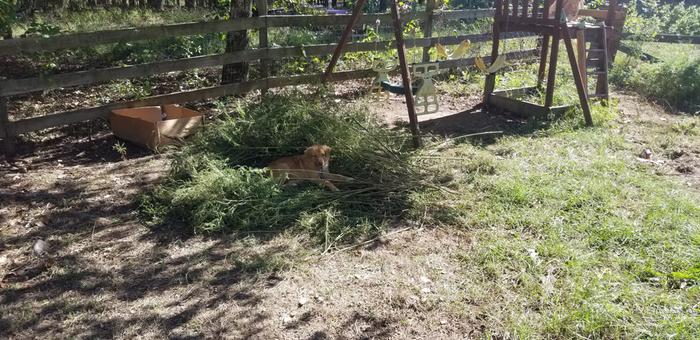
So far, my conclusion is that it probably isn't as effective as a power harrow or something like that, but for the budget option it *can* work. Now... using it once or twice on any particular cover crop may be enough to make me swear off that covercrop until I have some other method of killing it, if that crop is highly prone to binding it up. But I am also still wondering if there might be a way to convert one of these to a little flail mower which could be less likely to bind if done properly, I think...
Other thoughts: It can be a bit hard to push over very uneven ground or into very overgrown spots, but it's not unworkable in my opinion.
I'm sure I'll have more thoughts as I have time to stew on it and also use it more.

 4
4







 2
2




 2
2







 3
3



















